You Are Here:Home > Information dynamic
> Industry Trends
News Navigation
Why is it said that moisture-proof green and environmentally friendly particleboard has a low water
source:www.1398899.net Time:2025-05-05
The low water absorption and expansion rate of moisture-proof green and environmentally friendly particleboard is mainly due to special measures taken in the production process, such as screening of raw materials, adding moisture-proof agents, and optimizing production processes. The specific measures are as follows:
1. Raw material selection and processing
Excellent wood raw materials: When producing moisture-proof, green and environmentally friendly particleboard, high-density and hard textured wood such as eucalyptus and poplar are usually used as raw materials. These woods have a tight fiber structure and a certain degree of water resistance, which can provide good basic performance for particleboard and help reduce water absorption and expansion rate.
Planing treatment: After planing the wood, the shavings will be screened and dried. By correctly controlling the drying process, the moisture content of the shavings can reach an appropriate range, generally around 3% -5%. This can remove excess moisture from the wood and reduce the risk of water absorption and swelling caused by high moisture content. Meanwhile, the dried shavings can better bond with the adhesive during the subsequent hot pressing process, forming a tight structure and further improving the waterproof performance of the board.
2. Add moisture-proof agent
The principle of action of moisture-proof agent: In the production process of particleboard, a certain amount of moisture-proof agent, such as paraffin, stearic acid, etc., will be added. These moisture-proof agents can form a thin protective film on the surface of the shavings, preventing moisture from entering. When the board comes into contact with moisture, the moisture-proof agent molecules will form a hydrophobic barrier around the wood fibers, making it difficult for moisture to penetrate into the interior of the board, thereby reducing the water absorption expansion rate.
Uniform distribution of moisture-proof agent: In order to ensure the moisture-proof effect, excellent mixing and paving equipment will be used in the production process, so that the moisture-proof agent can be evenly distributed between the shavings. This can ensure that all parts of the board have good moisture-proof performance, avoiding the occurrence of uneven water absorption and expansion due to insufficient local moisture-proof agents.
3. Production process optimization
Hot pressing process control: Hot pressing is a key link in the production of particleboard. By correctly controlling the temperature, pressure, and time of hot pressing, the shavings and adhesive can be fully integrated to form a tight structure. The appropriate hot pressing temperature is generally between 160 ℃ and 200 ℃, with a pressure of around 2-5 MPa. The hot pressing time varies depending on the thickness of the board. Under such process conditions, the fibers and adhesives inside the board can form stable chemical bonds and physical bonds, improving the density and strength of the board, while also enhancing its waterproof performance and reducing its water absorption expansion rate.
Surface treatment: Some moisture-proof green and environmentally friendly particleboard will undergo surface treatment, such as pasting melamine impregnated paper, coating with waterproof paint, etc. These surface treatment layers can further isolate moisture and provide additional protection for the board. Melamine impregnated paper has good wear resistance and water resistance, which can effectively prevent moisture from penetrating into the interior of the board; Waterproof paint can form a continuous waterproof film on the surface of the board, improving its surface waterproof performance and reducing its water absorption and expansion rate.
1. Raw material selection and processing
Excellent wood raw materials: When producing moisture-proof, green and environmentally friendly particleboard, high-density and hard textured wood such as eucalyptus and poplar are usually used as raw materials. These woods have a tight fiber structure and a certain degree of water resistance, which can provide good basic performance for particleboard and help reduce water absorption and expansion rate.
Planing treatment: After planing the wood, the shavings will be screened and dried. By correctly controlling the drying process, the moisture content of the shavings can reach an appropriate range, generally around 3% -5%. This can remove excess moisture from the wood and reduce the risk of water absorption and swelling caused by high moisture content. Meanwhile, the dried shavings can better bond with the adhesive during the subsequent hot pressing process, forming a tight structure and further improving the waterproof performance of the board.
2. Add moisture-proof agent
The principle of action of moisture-proof agent: In the production process of particleboard, a certain amount of moisture-proof agent, such as paraffin, stearic acid, etc., will be added. These moisture-proof agents can form a thin protective film on the surface of the shavings, preventing moisture from entering. When the board comes into contact with moisture, the moisture-proof agent molecules will form a hydrophobic barrier around the wood fibers, making it difficult for moisture to penetrate into the interior of the board, thereby reducing the water absorption expansion rate.
Uniform distribution of moisture-proof agent: In order to ensure the moisture-proof effect, excellent mixing and paving equipment will be used in the production process, so that the moisture-proof agent can be evenly distributed between the shavings. This can ensure that all parts of the board have good moisture-proof performance, avoiding the occurrence of uneven water absorption and expansion due to insufficient local moisture-proof agents.
3. Production process optimization
Hot pressing process control: Hot pressing is a key link in the production of particleboard. By correctly controlling the temperature, pressure, and time of hot pressing, the shavings and adhesive can be fully integrated to form a tight structure. The appropriate hot pressing temperature is generally between 160 ℃ and 200 ℃, with a pressure of around 2-5 MPa. The hot pressing time varies depending on the thickness of the board. Under such process conditions, the fibers and adhesives inside the board can form stable chemical bonds and physical bonds, improving the density and strength of the board, while also enhancing its waterproof performance and reducing its water absorption expansion rate.
Surface treatment: Some moisture-proof green and environmentally friendly particleboard will undergo surface treatment, such as pasting melamine impregnated paper, coating with waterproof paint, etc. These surface treatment layers can further isolate moisture and provide additional protection for the board. Melamine impregnated paper has good wear resistance and water resistance, which can effectively prevent moisture from penetrating into the interior of the board; Waterproof paint can form a continuous waterproof film on the surface of the board, improving its surface waterproof performance and reducing its water absorption and expansion rate.
Previous:
none
Next:
What is the surface smoothness of formaldehyde fr…
Related products
+
wechat number:底部微信



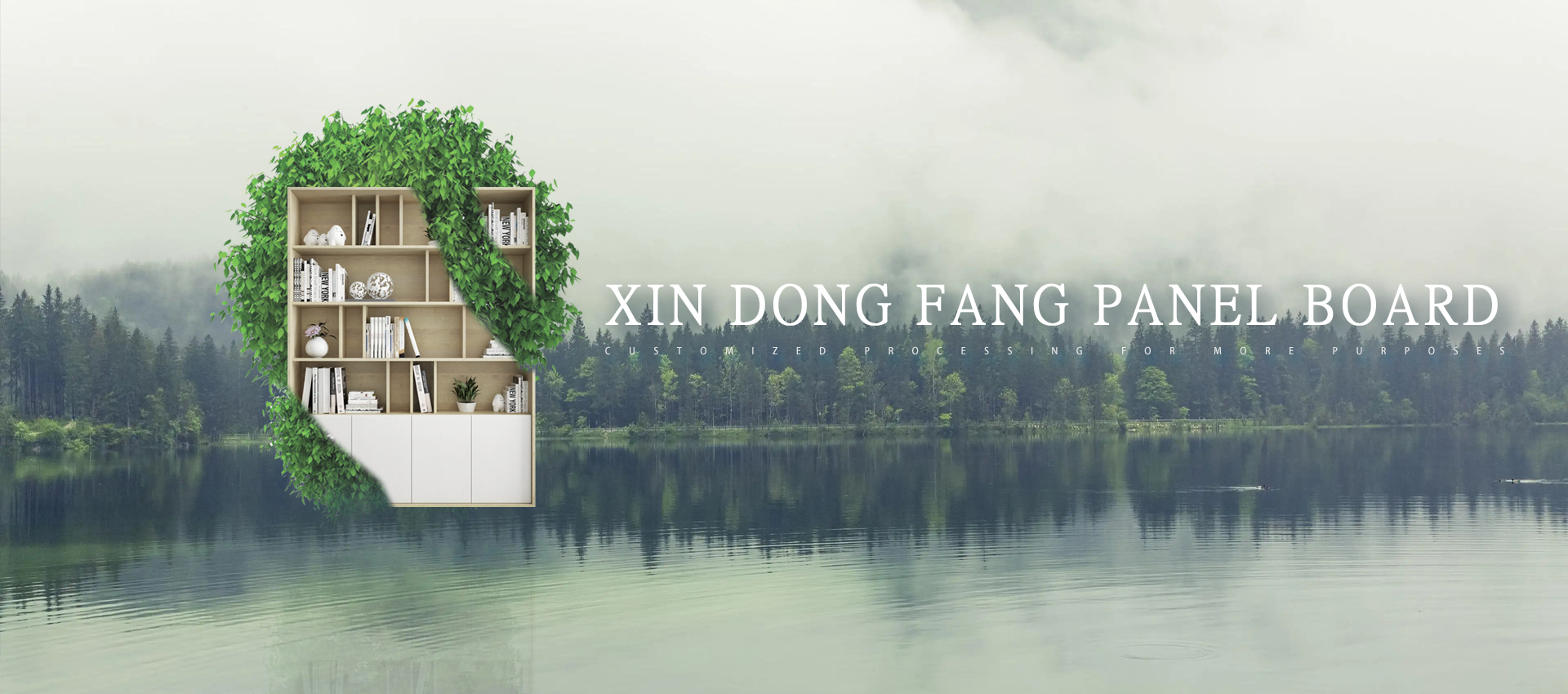
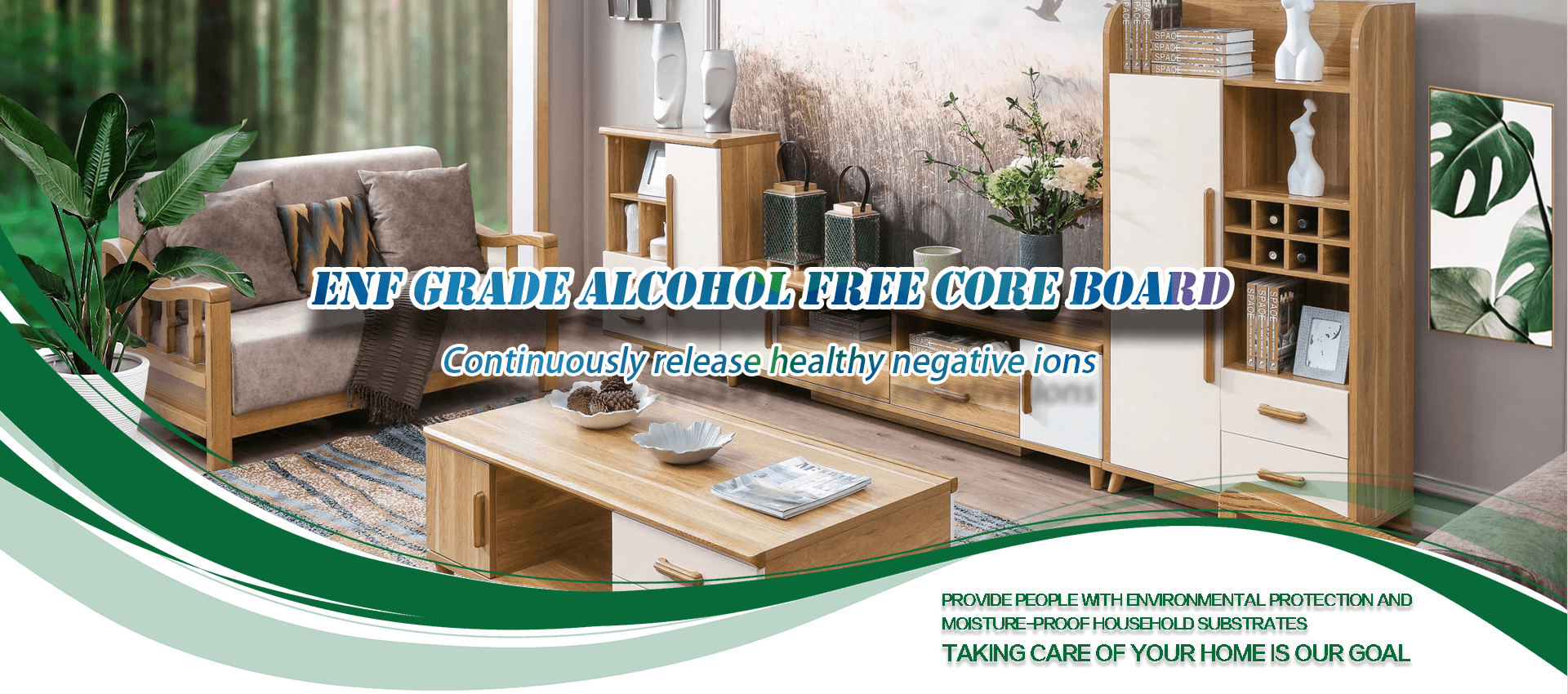
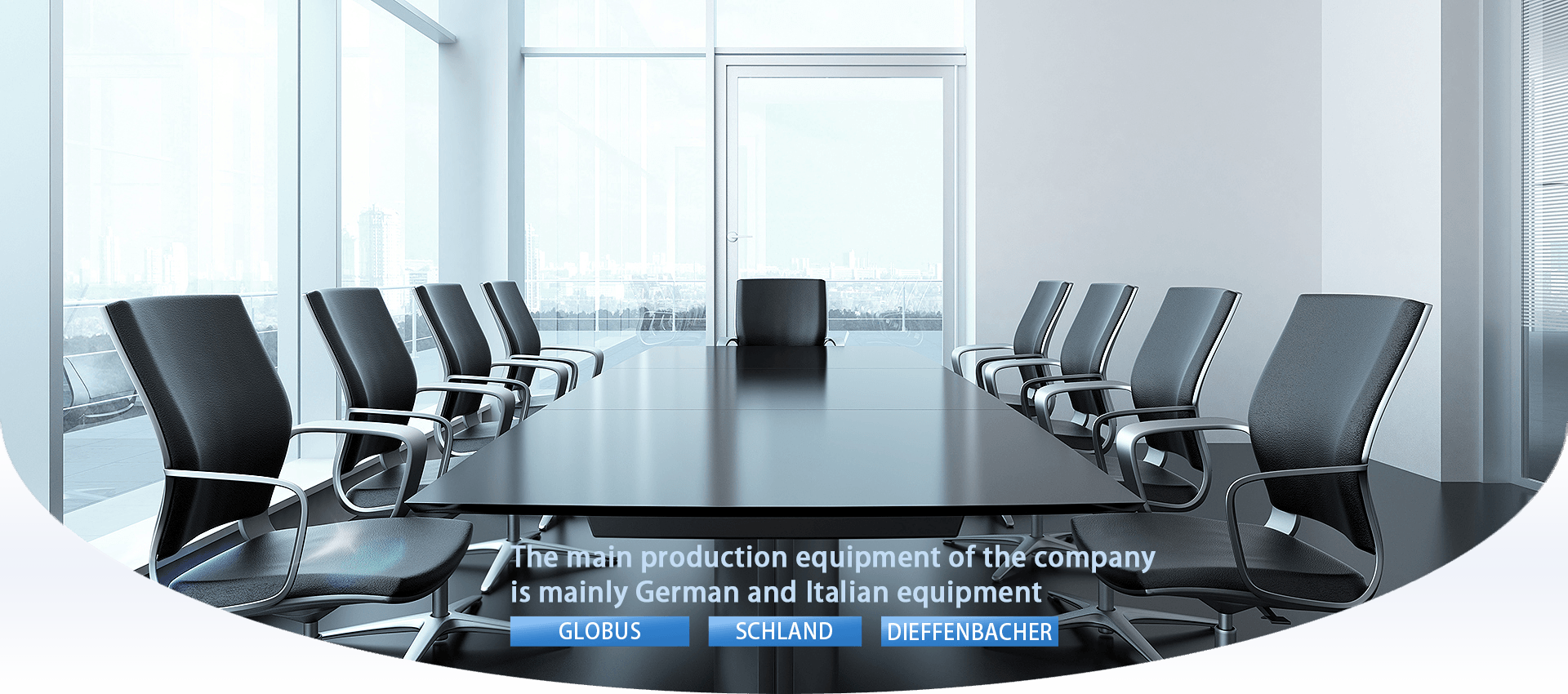

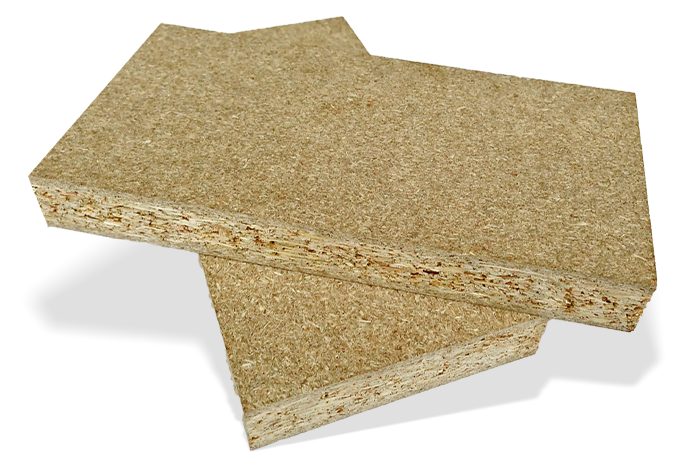
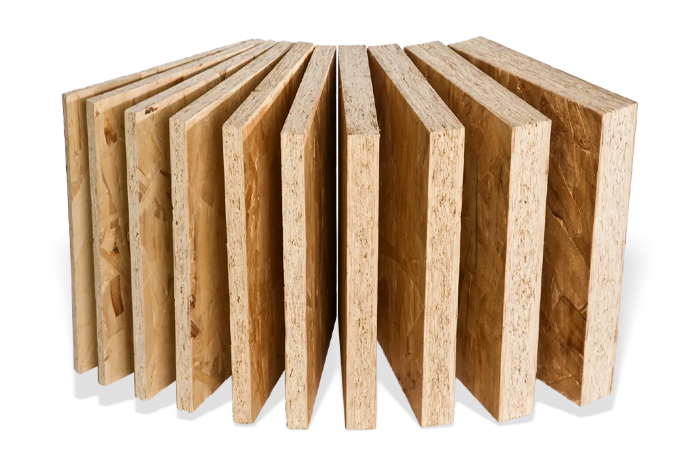
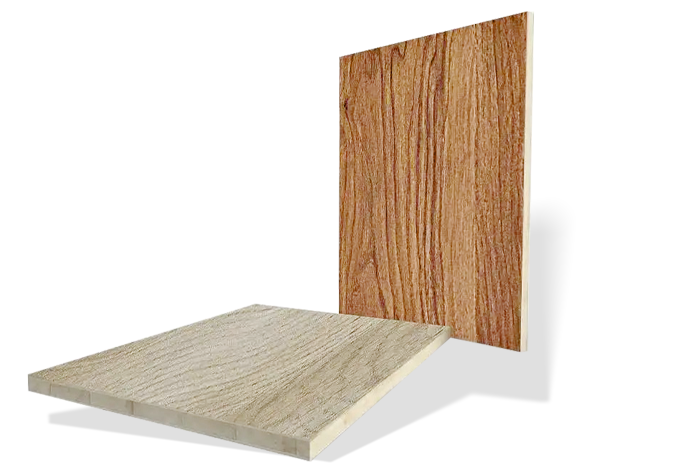





 Home
Home
 Wechat
Wechat
 Tell
Tell